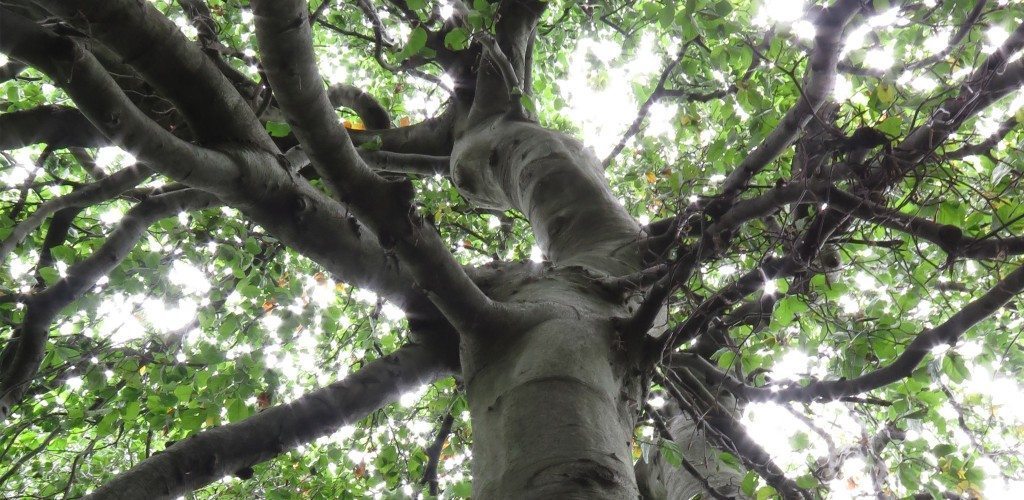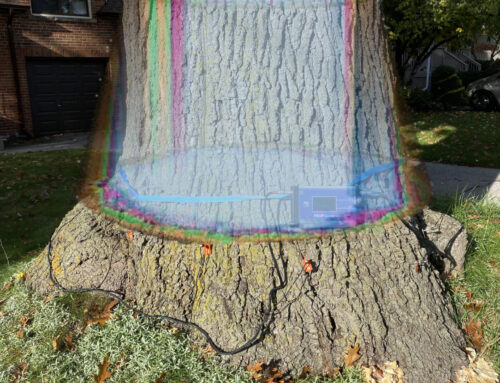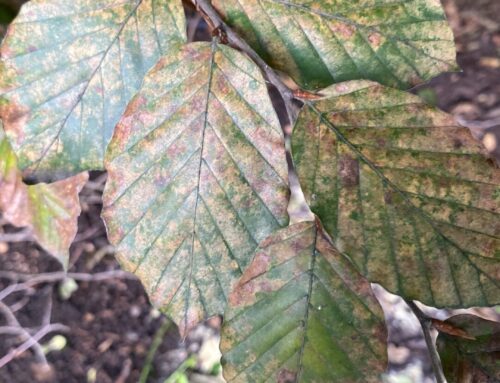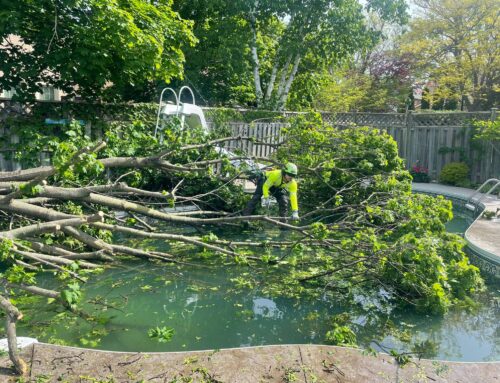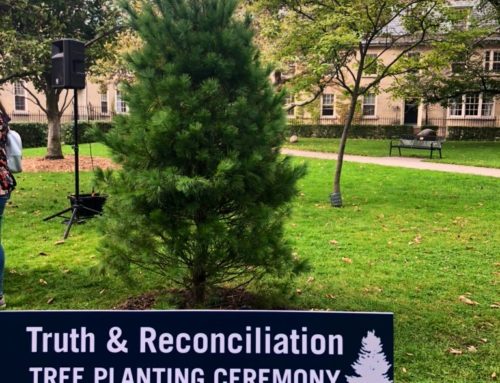Now that summer has arrived, your trees are going to require a bit of specific attention in order to keep them healthy.
High temperatures mean your trees will need to be watered carefully and strategically. If you have an irrigation system, it is best to run it in the evenings or overnight, as water on foliage during the day attracts sunlight to its reflective surface and can cause sun scorch. If you do not have an automatic irrigation system, opt for a soaker hose at ground level when watering – you will lose less water to evaporation that way, as opposed to traditional sprinklers. Trees need to be watered deeply. A slow trickle for a longer period of time does better than a quick flash flood. A soaker hose set to water for 40 minutes, three times per week is a good starting point and then adjusted up or down as needed.
Be mindful of soil conditions. Soil tends to be very compacted in urban areas, which does not allow for proper water circulation and gas exchange. Deep root fertilizers, vertical mulching or installation aeration tubes can help with drainage, circulation, compaction and gas exchange. Also, pay extra attention to trees and shrubs around pools. Both salt water and chlorine can impact the foliage and soil condition of your trees and shrubs. Salt buffer treatments of gypsum can help with regard to improving the soil conditions around pools.
Now that your tree’s foliage is out in full, it’s a good time to take a look at canopy for deadwood that can be pruned out. You should also take a look for cracks or weak unions. With summer comes the potential for damage caused by storms – installing cables or braces on weak unions can keep your tree safe during high winds and heavy rainfall.
If you’re ever in doubt about the condition of your trees, feel free to contact your arborist for an inspection. With regular inspections and maintenance, you’ll be able to continue to enjoy your trees all summer, and for many summers to come!

